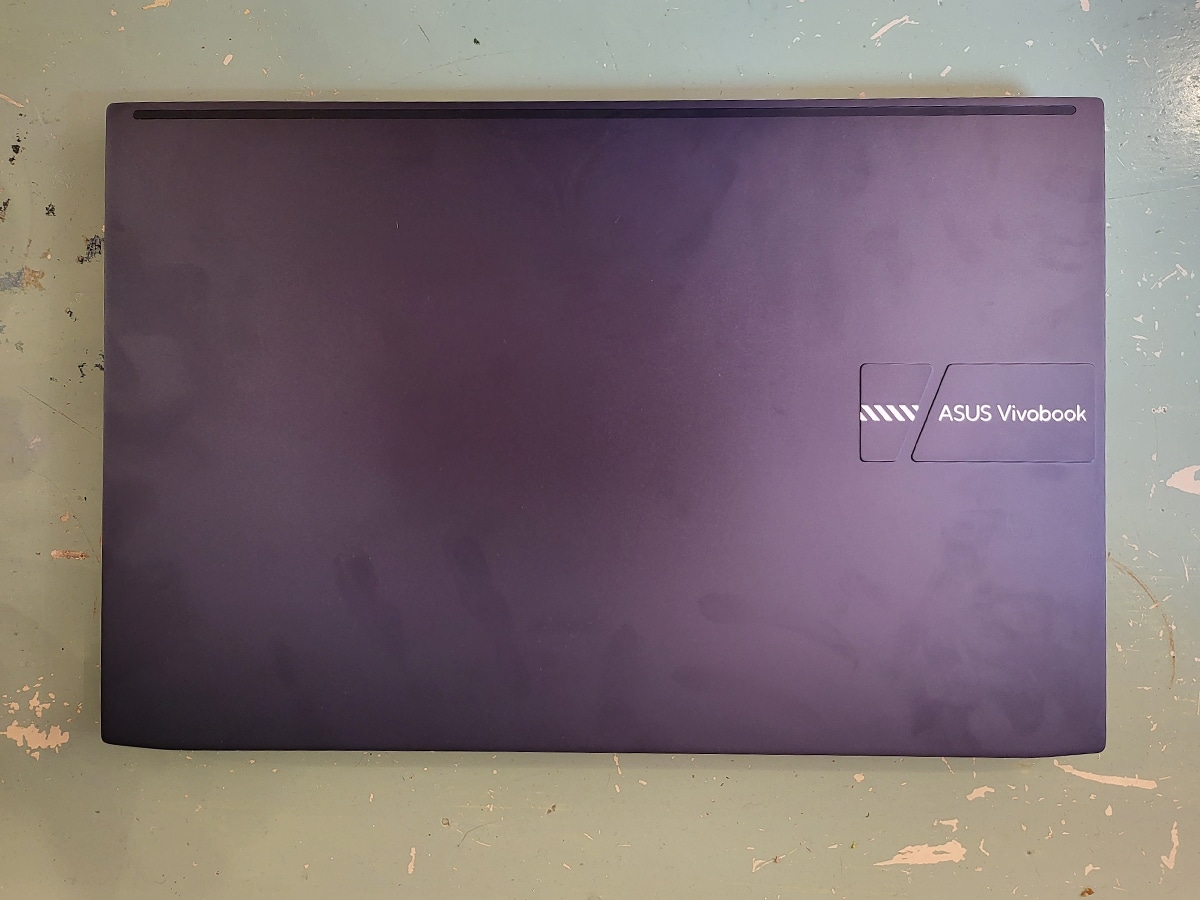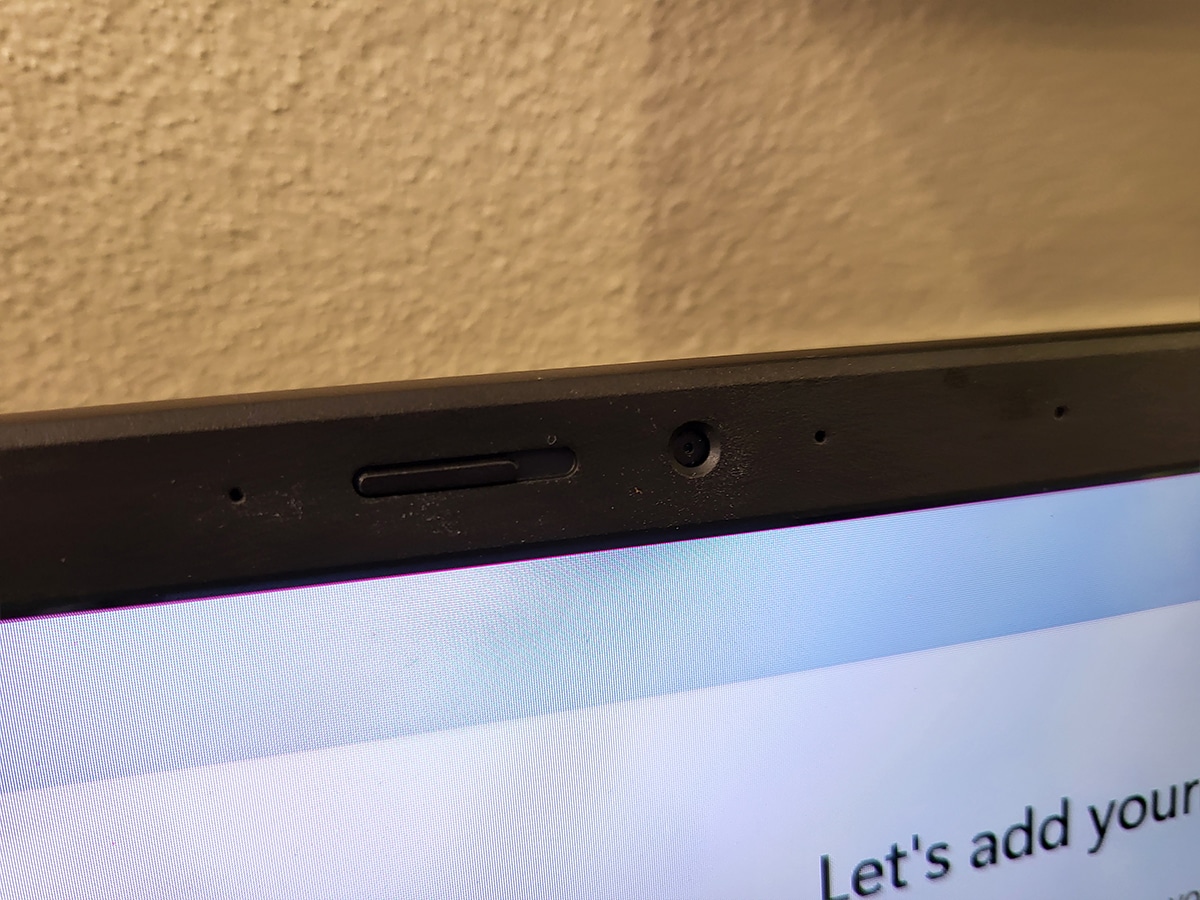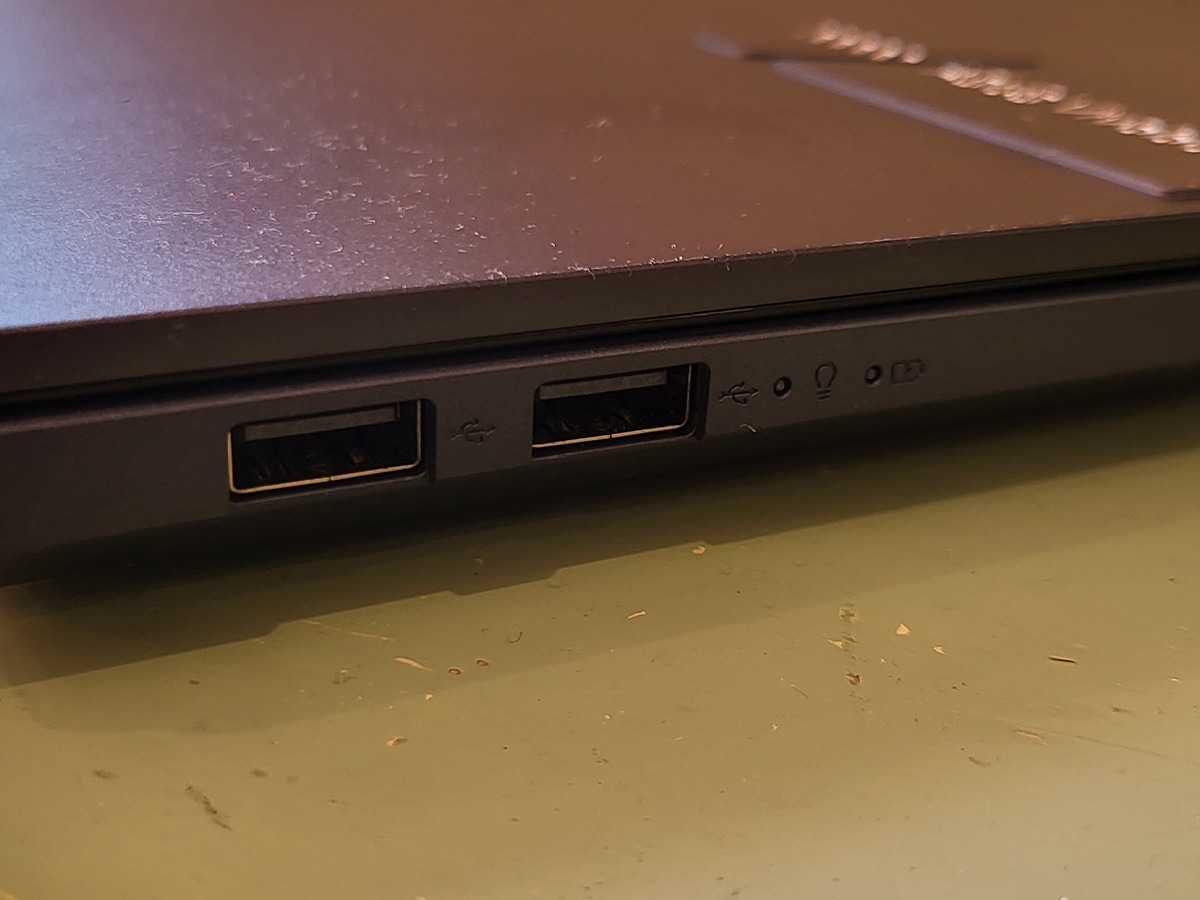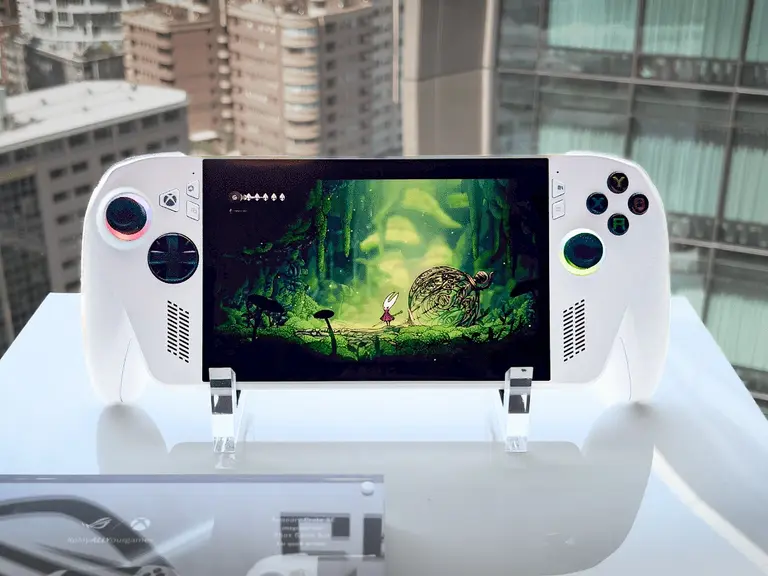
Published:
Readtime: 8 min
Every product is carefully selected by our editors and experts. If you buy from a link, we may earn a commission. Learn more. For more information on how we test products, click here.
What mid-range laptop should you consider when looking for a balance between productivity, creativity, and gaming? It’s a common question in the technology space and for good reason, there are plenty of quality options on the market offering everything from OLED displays to GeForce graphics.
If it’s been years since you upgraded your laptop there’s never been a better time to take advantage of the choices on offer, for less than $2000 AUD you can pick up a powerful device that promises to transform your work rate while factoring in enough headroom for some gaming after hours.
We’ve had the pleasure of testing the latest Asus Vivobook Pro 15 OLED for the last few weeks and on paper, it looks to achieve both. Hardware is strong with an Intel Core i7-11370H four-core processor, Nvidia GeForce RTX 3050 graphics, 16GB of RAM, and 512GB of storage, but it’s not without its flaws. We’re breaking it all down in our review below, let’s take a closer look.
| Asus Vivobook Pro 15 OLED Specifications | |
|---|---|
| CPU | Intel Core i7-11370H Processor 3.3 GHz (12M Cache, up to 4.8 GHz, 4 cores) |
| Memory | 16GB |
| Graphics/ GPU | GeForce RTX 3050 |
| Display | 15.6″ 1,920 x 1,080 OLED |
| Storage | 512GB M.2 NVMe PCIe 3.0 SSD |
| Webcam | 720p w/ privacy screen |
| Ports | 1x USB 3.2 Gen 1 Type-A 1x USB 3.2 Gen 1 Type-C (data only) 2x USB 2.0 Type-A 1x HDMI 1.4 1x 3.5mm combo audio 1x DC-in barrel plug |
| Network | Wi-Fi 6, Bluetooth 5 |
| Battery | 63 watt-hour |
| Dimensions | 0.78 x 9.26 x 14.17 inches |
| Weight | 1651g |

The Short
Overview
While simple word processing and basic image editing were all mid-range laptops could achieve a few years ago, today, they provide more than enough power for gaming purposes and can even extend themselves to more arduous tasks like detailed video editing. Taking a look at the Asus Vivobook Pro 15 OLED, there’s an obvious attempt to undercut the premium market with a price tag around $1899 AUD – roughly $400 AUD cheaper than most competitors (on paper). So how have they got the price down that far?
One look at the laptop and it’s not hard to see the money has gone straight into the hardware and OLED display which are clear highlights from the moment you open the lid. The colours are vibrant and backed up by 100 per cent coverage of the DCI-P3 gamut, 98 per cent of the AdobeRGB gamut, and 100 per cent of sRGB. It’s safe to say editing images is a highlight of the laptop, but so is gaming, even with its rather lacklustre resolution (only 1080p), booting up Forza Horizon 5 and you can comfortably run the game at 60fps with graphics, shadows, and depth of field turned up to medium/ high.
Sadly, the design of the laptop is rather underwhelming. The ‘Quiet Blue’ colour is more like dark graphite, and the finish is less than inspirational. Moving onto the interior and the keyboard functions well enough with reasonable travel, bounce, and feedback, however, everything you touch feels a little cheap. Again, you’re sacrificing feel for performance.
The cost-cutting theme extends into the connectivity department where the ports heavily restrict the use capabilities of the laptop by choking any incoming peripherals. You’ll pretty much only want to use the laptop plugged into a charger and that’s a big gripe of ours. We understand that the screen looks great, but plugging in a monitor for productivity purposes is commonplace and a single HDMI 1.4 video out is your only option with the USB-C port offering data only (Thunderbolt 4 is the industry standard these days).
Overall, the Asus Vivobook Pro 15 OLED still makes our recommended list for mid-range productivity-focused laptops. With the ability to double as an entry gaming machine for after-work shenanigans, we’ll struggle to heavily fault it for the disappointing design and challenging set of ports. If you’re looking for a laptop that gives the best of both worlds without the need for external displays, this is one to consider.

The Breakdown
Design
Considering the recent Vivobook releases have been nothing to look at visually, we suspect the brand is taking a focus towards hardware at the cost of gorgeous exterior design. That doesn’t mean the construction quality follows suit and the Vivobook Pro is surprisingly sturdy and rather durable for a 15.6-inch laptop. There’s very little chassis, screen, or keyboard flex and the corners of the screen are strong when handling.
The keyboard is nowhere near the likes of Dell or Apple when it comes to typing confidence or speed, however, it gets the job done and the layout is great with the included Numpad. Our biggest keyboard gripe is with the oddly tiny arrow keys! The trackpad works as expected.
Connectivity
Unfortunately, the biggest letdown for the Asus Vivobook Pro 15 is in the connectivity department. It’s simply not good enough and offers outdated technology, see the (short) list of ports below;
- 2x USB-A 2.0
- 1x USB-A 3.2 Gen 1
- 1x Full-sized HDMI
- 1x Micro SD card reader
- 1x USB-C 3.2 Gen 1 port, without DisplayPort alternate mode or Power Delivery.

Performance
Display and Audio
The Asus Vivobook Pro 15 OLED delivers a large 15.6-inch 1080p OLED non-touch display and hints at a remarkable viewing experience on paper – so how does that translate to everyday use? The colours are vibrant and backed up by 100 per cent coverage of the DCI-P3 gamut, 98 per cent of the AdobeRGB gamut, and 100 per cent of sRGB. Darker areas of the screen are deep black and the contrast ratio is visually perfect to the naked eye. Maximum brightness of 400 nits, gets the job done in all but the most extreme direct sunlight conditions, however, HDR takes a bit of a hit in the process.
Issues lie in the native 1080p resolution that’s low by today’s standards. This detracts from gaming, and if you’re used to playing on anything near 4k, you’ll probably want to skip this one entirely. This also applies to video and image editing, which can be difficult on a device that only allows FHD quality.
The built-in speakers are adequate, however, we always recommend plugging into a set of desktop speakers when it comes to any laptop. Watching a simple video when they’re unavailable is met with an overly ambitious bass sound that’s common for laptops these days.

Hardware
Now the fun part, we tested the Vivobook Pro in its ultimate specification, that is, Intel Core i7-11370H with four-cores and 16GB of RAM, a 512GB M.2 NVMe PCIe SSD, and Nvidia RTX 3050 graphics. It’s not marketed as an all-out performance king by any means, but you’re able to achieve some impressive results when gaming.
We went back to our old faithful Forza Horizon 5 to test the capabilities of the machine and with settings set to high, shadows, and depth of field unlimited we saw frame rates sit around 58fps with high graphics. We wish the resolution of the screen was higher than 1080p, but with fewer pixels to work with the frame rate is comfortable and considering this is far from a dedicated gaming laptop like the HP Victus 16 we were mighty impressed by the results. It would be the perfect choice for a student who casually games, remaining portable while offering the ability to have some fun on the side.
If you plan to use the laptop as a professional machine (as the name suggests) you’ll need to bring the power adaptor with you. The battery is sized similarly to 14-inch machines at 63 Wh but offers a decent battery life of around 10 hours should you be undertaking simple tasks.

Should You Buy the Asus Vivobook Pro OLED?
Offering value for money at the expense of good looks the Asus Vivobook Pro OLED is a great choice for students and professionals on a budget. We wouldn’t go as far as to say this laptop is the next great professional windows option, and we’d recommend extending your budget if you’re looking for something to process images and video with a little gaming on the side, however, it’s a great (and fast) mid-ranger.
The lack of modern ports and overall low resolution (1080p) might be instant red flags for some, but unless your career depends on an amazing creative process you’ll hardly miss anything in the productivity department.
Price and Availability
The Asus Vivobook Pro 15 OLED is available now in Australia.
Pricing is set at $1899 AUD.




You’ll also like:































Comments
We love hearing from you. or to leave a comment.